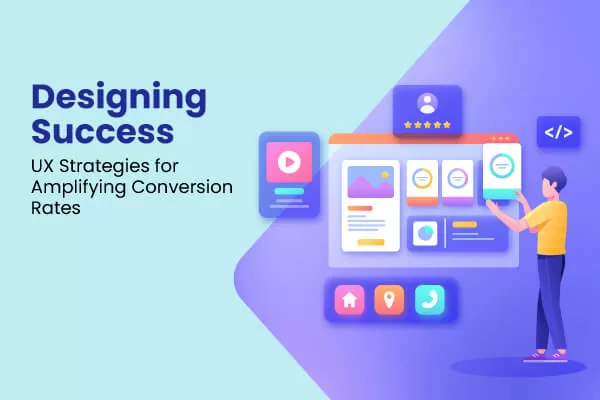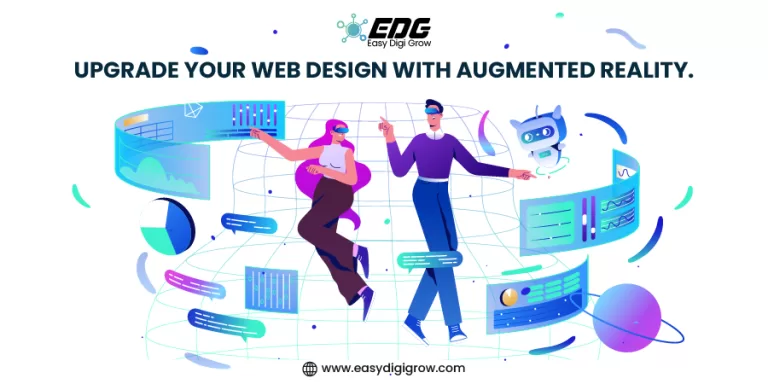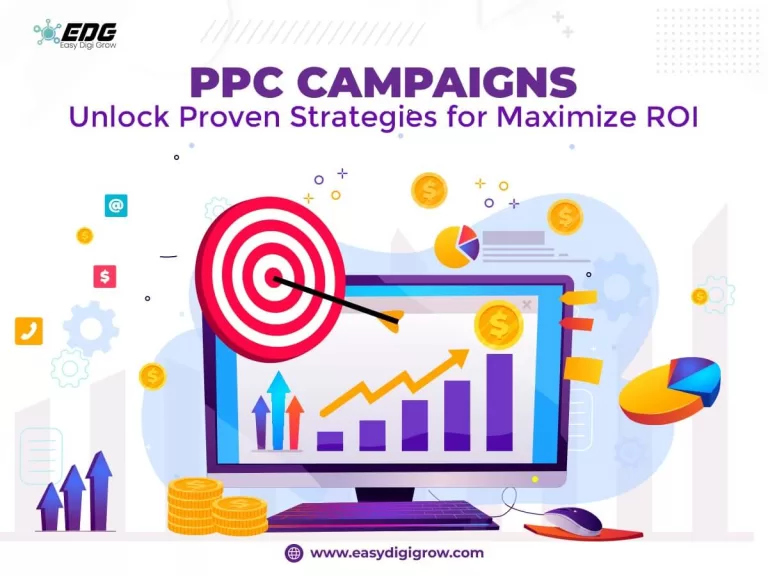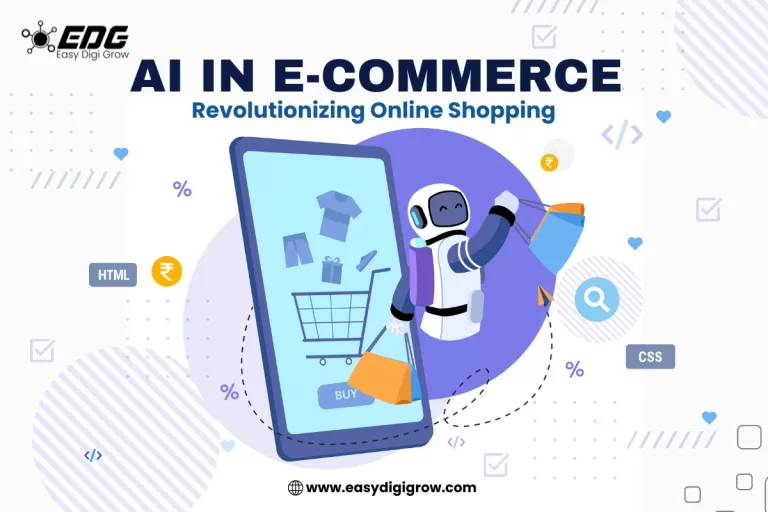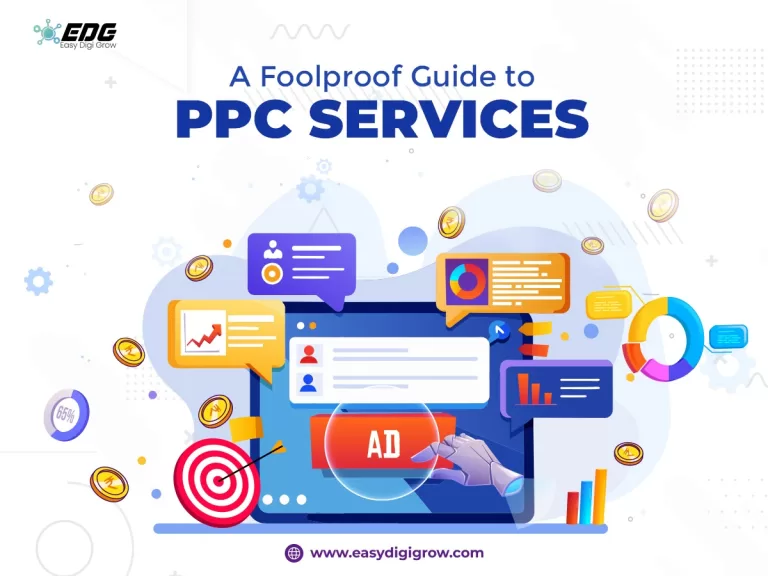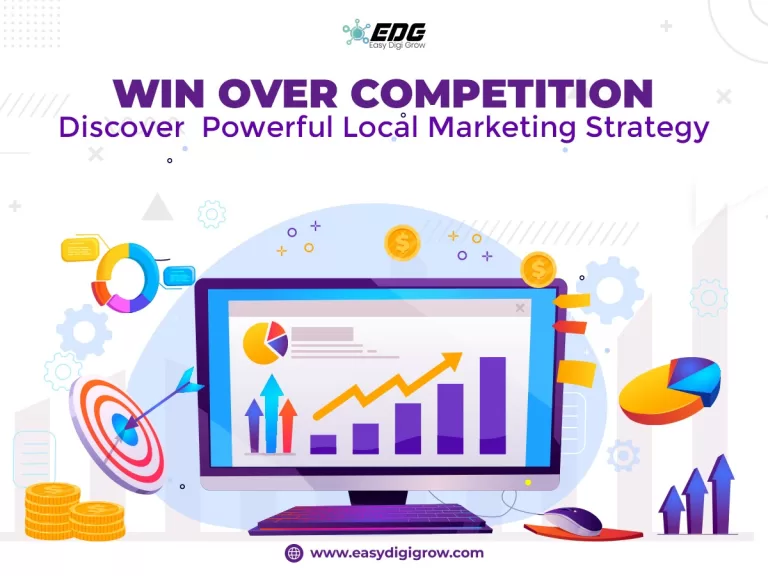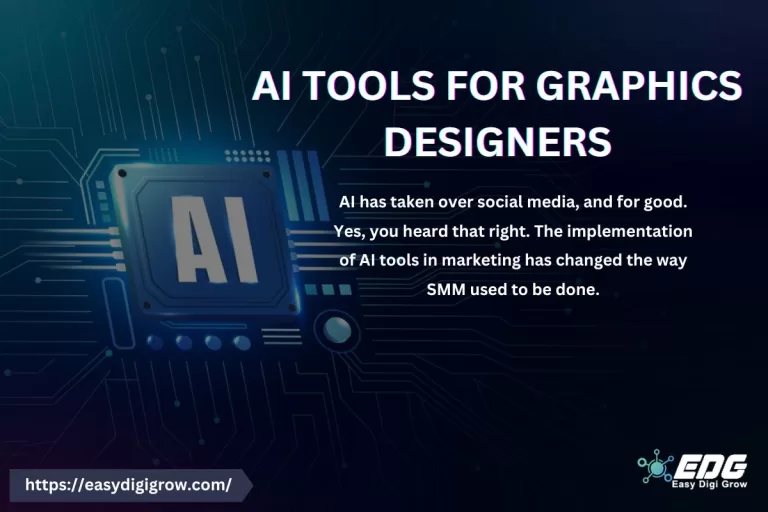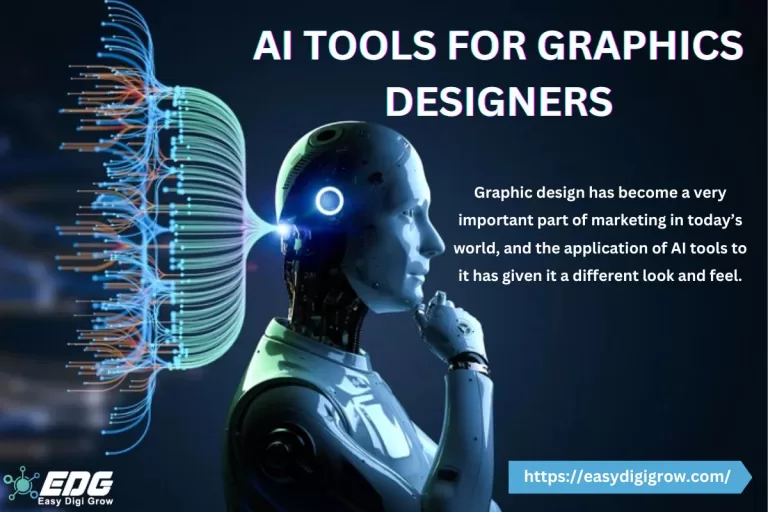Welcome to the world of User Experience Design, where creativity and intelligence converge to craft unforgettable digital journeys! Are you ready to embark on a thrilling adventure that will captivate your users, foster engagement, and drive conversions like never before?
UX Design is the secret sauce that transforms ordinary websites into extraordinary experiences. It goes beyond mere aesthetics, encompassing usability, accessibility, and the overall satisfaction of your visitors.
By understanding the intricacies of user behavior, preferences, and pain points, the best UX designers can weave magic into every pixel, creating intuitive interfaces that cater to users’ needs and exceed their expectations.
In this blog, we’ll unlock the secrets to crafting the best UX designs and empower you to create a user-friendly website that stands out from the crowd.
Let’s unleash the full potential of UX design and take your online presence to soaring heights!
Understanding User Experience (UX) Design
User Experience Design revolves around creating a positive and meaningful interaction between users and digital products or services. It goes beyond just aesthetics, encompassing usability, accessibility, and overall user satisfaction.
By understanding user behavior, preferences, and pain points, the best UX designers can create intuitive interfaces that cater to users’ needs and expectations.
The 5 Key Elements of UX Design
Crafting a remarkable user experience design requires meticulous planning and a keen eye for detail.
At the heart of every successful UX design are five essential elements that form the foundation of an exceptional digital journey: strategy, scope, structure, skeleton, and surface.
- Strategy: Picture the blueprint of your design, the grand vision that outlines the features and functionalities that will make your creation stand out.
A well-crafted UX design strategy serves as the guiding star, ensuring that every aspect of the design aligns seamlessly with your goals and user needs.
- Scope: Like a sculptor molding a masterpiece, determining the scope is about knowing what to include and what to leave behind.
It’s about making informed decisions to deliver an experience that delights users while focusing on what truly matters.
- Structure: Imagine the architecture of your digital realm, the logical flow that directs users through the enchanting corridors of your design.
The structure is about creating an intuitive roadmap, guiding visitors to their desired destinations with ease.
- Skeleton: Think of the skeleton as the invisible framework upon which your design comes to life.
Wireframes and low-level visual elements serve as the backbone, ensuring that every element is meticulously placed for optimal functionality and usability.
- Surface: Finally, we arrive at the surface – the captivating exterior that dazzles users upon first sight.
It’s the harmonious blend of colors, the dance of typography, and the allure of aesthetics that make your design unforgettable.
With these five elements in harmony, you’ll elevate your design to unprecedented heights and shape a UX experience that leaves a lasting legacy.
Bonus web design guide: Top 20 Website Design Trends to Stay Ahead of the Game
How UX Design Drives Website Engagement and Conversions?
- Intuitive Navigation: Clear and straightforward navigation is essential for keeping users engaged on a website. UX designers ensure that visitors can easily find what they are looking for, reducing frustration and enhancing their overall experience.
- Fast Loading Times: In today’s fast-paced world, users have little patience for slow-loading websites. UX designers optimize loading times to minimize bounce rates and encourage users to explore more content.
- User-Friendly Forms: If a website requires users to fill out forms for various purposes, UX designers simplify the process. By making forms intuitive and easy to complete, they increase the chances of visitors converting into leads or customers.
- Mobile Responsiveness: With the increasing use of mobile devices, UX designers prioritize mobile responsiveness. Websites that adapt seamlessly to various screen sizes and resolutions enhance user engagement and encourage users to stay longer on the site.
- Visual Hierarchy: A well-designed visual hierarchy guides users’ attention to the most important elements on a webpage. By highlighting key information and calls-to-action, UX designers ensure that users easily grasp the site’s purpose, leading to higher conversions.
- Consistency in Design: Consistency in design elements, such as colors, fonts, and icons, across the website creates a unified and familiar user experience. This consistency instills trust and confidence in users, increasing the likelihood of conversions.
- Reducing Clutter: UX designers eliminate unnecessary clutter on webpages, ensuring that users can focus on the essential content and actions. A clean and organized layout enhances usability and leads to higher engagement rates.
- Accessible Design: Inclusivity is crucial in UX design. By ensuring accessibility for users with disabilities, websites become more user-friendly and cater to a broader audience, potentially increasing conversions from diverse users.
- Personalized Calls-to-Action (CTAs): Tailoring CTAs based on user behavior and preferences can improve click-through rates and conversions. Personalized CTAs resonate better with users, leading to higher engagement.
- Loading Progress Indicators: When a website involves loading times, using progress indicators keeps users informed about the process, reducing frustration and encouraging them to wait for the content to load.
- Clear Contact Information: Displaying contact information prominently helps build trust. Users are more likely to engage and convert when they know they can easily reach out for support or inquiries.
Incorporating these UX design strategies can significantly enhance website engagement and conversions.
By prioritizing user needs and creating a delightful online experience, businesses can build long-lasting relationships with their audience and achieve their conversion goals.
8 Trends and Best Practices in UX Design for Website Improvement
- Personalization: Tailoring user experiences based on individual preferences and behaviors can significantly impact engagement and conversions. Personalized recommendations and content resonate better with users.
- Microinteractions: Small animations and interactions within a website can make it more engaging and enjoyable for users. They add a layer of interactivity, providing instant feedback and guiding users through the interface.
- Voice User Interface (VUI): With the rise of voice-controlled devices, incorporating VUI into websites can enhance accessibility and cater to a broader audience.
- Dark Mode Support: Offering a dark mode option has become a popular trend in UX design. Dark mode reduces eye strain and conserves battery life for devices with OLED screens, providing users with a more comfortable browsing experience.
- Augmented Reality (AR) Integration: AR is transforming user interactions by blending the virtual world with the physical environment. UX designers are exploring AR integration to create immersive experiences for product visualization and interactive storytelling.
- Minimalist and Content-Centered Design: Websites with clean and minimalist designs that prioritize content have gained traction. By removing distractions and focusing on essential elements, UX designers create a more engaging and distraction-free experience for users.
- Data-Driven Decision Making: UX designers are increasingly relying on data analytics to inform their design choices. By analyzing user behavior and interactions, they gain insights into user preferences, pain points, and opportunities for improvement, leading to better conversion rate optimization techniques.
- Gamification Elements: Gamification employs game-like elements, such as challenges, rewards, and progress indicators, to increase user engagement. Integrating gamification into UX design encourages users to explore more of the website and complete desired actions.
Template vs Custom Website Design: What Should You Choose?
Benefits of Investing in UX Design
- Increased Conversions: A well-designed user experience streamlines the conversion process, encouraging more visitors to take desired actions.
- Customer Loyalty: Users are more likely to return to a website or app that offers a seamless and delightful experience. Repeat visitors often translate into loyal customers.
- Competitive Advantage: In a crowded digital landscape, businesses with superior UX design stand out from the competition, establishing themselves as industry leaders.
- Reduced Support Costs: A well-designed user experience reduces user confusion, resulting in fewer support inquiries and more self-sufficient users.
- Positive Brand Perception: Users who have a delightful experience are more likely to share their positive experiences with others, contributing to word-of-mouth marketing and brand advocacy.
By prioritizing UX design, businesses can not only drive higher conversions but also build a loyal customer base and gain a competitive edge in the market.
5 User Experience Design Examples from Indian Companies for Conversion Rate Optimization
- OYO Rooms
OYO, a prominent Indian hotel aggregator, delivers a user-friendly website and mobile app experience.
Users can easily search for accommodations, view high-quality images of rooms, and book hotels with just a few clicks, enhancing overall user engagement.
Image Courtesy: Oyo
- MakeMyTrip
MakeMyTrip, a popular online travel agency in India, offers a comprehensive and visually appealing platform for booking flights, hotels, and holiday packages.
 Image Courtesy: MakeMyTrip
Image Courtesy: MakeMyTrip
Its intuitive interface, personalized travel recommendations, and easy-to-use filters make the booking process seamless and improve conversion rate.
- Swiggy
Swiggy, an online food delivery platform, excels in UX design by providing a straightforward and efficient way for users to order food from local restaurants.
With real-time tracking and various payment options, Swiggy ensures a hassle-free experience, increasing user engagement and loyalty.
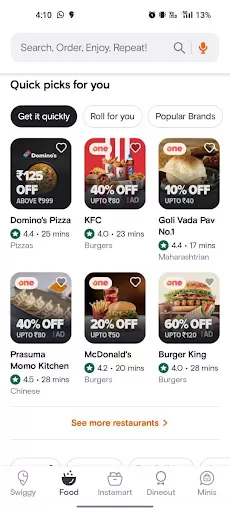
Image Courtesy: MakeMyTrip
- BYJU’S
As one of India’s leading online learning platforms, BYJU’S employs intuitive UX design to create interactive and engaging learning experiences for students.
The platform offers personalized learning paths, gamified quizzes, and progress tracking, making the learning process enjoyable and effective.

Image Courtesy: BYJU’S
- BookMyShow
BookMyShow, India’s largest online ticketing platform, offers a seamless UX for booking movie tickets, event passes, and other entertainment options.
With easy seat selection, secure payments, and quick confirmations, users can effortlessly plan their entertainment activities, resulting in improved website engagement and conversions.

Image Courtesy: BOOKMYSHOW
These prominent Indian companies showcase the importance of UX design in enhancing user experiences and achieving business success. Through intuitive interfaces, personalized recommendations, and efficient processes, they successfully attract and retain users, ultimately driving conversions and growth.
Elevate Your Online Presence with UX-Centered Web Design
Are you looking to establish a strong online presence and connect with your target audience effectively? Look no further than EasyDigiGrow – the best web design company in Delhi/NCR that specializes in crafting exceptional digital experiences through user-centric design and development.
Accelerate User Experience (UX) for Best Results
At EasyDigiGrow, user experience is at the heart of what we do. We understand the significance of providing a seamless and enjoyable online journey for your users. Our UX-centered web design ensures that your website is intuitive, visually appealing, and easy to navigate, fostering a positive impression among your visitors.
Request a Quote Today
Request a quote today and let our exceptional responsive website design team at EasyDigiGrow craft a custom website that leaves a lasting impact on your audience and drives digital growth for your brand.
FREQUENTLY ASKED QUESTIONS
- What is User Experience (UX) Design?
User Experience (UX) Design involves creating digital interfaces that provide a seamless and enjoyable experience for users, ensuring easy navigation and achieving their goals efficiently.
- Why is Website Engagement important?
Website engagement measures users’ active involvement with a website. It is crucial because engaged users are more likely to explore, interact, and convert, leading to improved brand loyalty and increased conversions.
- How can I improve my website’s engagement?
Improving website engagement can be achieved through captivating visual design, intuitive navigation, responsive layout, and compelling content that meets users’ needs.
- What is a Conversion Funnel?
A conversion funnel represents the journey users take from the initial point of contact to the final conversion. Optimizing this funnel involves streamlining the process to enhance conversion rates.
- How can I create compelling Calls-to-Action (CTAs)?
Compelling CTAs should be action-oriented, stand out prominently, and create a sense of urgency. A/B testing different CTA styles can help identify the most effective ones.
- Why is Trust important for website conversions?
Trust-building elements, such as customer reviews, security badges, and transparent policies, instill confidence in users and encourage them to convert.
- What are some UX design strategies to enhance user engagement?
UX design strategies like intuitive navigation, fast loading times, personalized CTAs, and reducing clutter can significantly enhance user engagement and boost conversions.
- How can I measure the success of my UX design efforts?
Through various metrics like bounce rate, time on page, conversion rates, and user feedback. These insights help you refine your design for better results.



